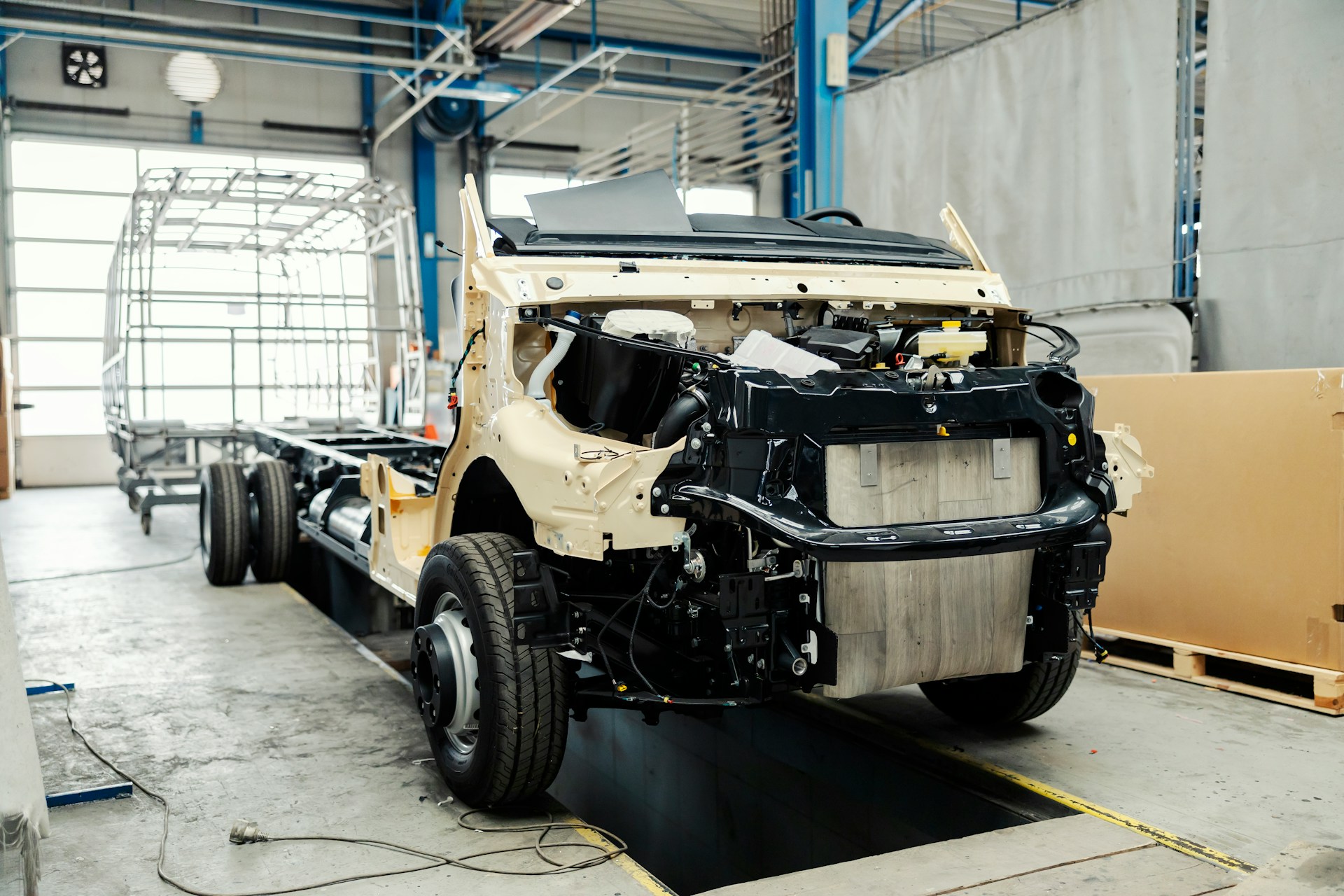China’s heavy-duty transport sector is undergoing a remarkable transformation, with electric truck sales soaring by 175% year-over-year in the first half of 2025. This surge means electric models now account for nearly a quarter of all new truck purchases, principally for short-haul freight in industrial zones, signalling a strong departure from diesel dependency.
Driving this shift are generous government subsidies, up to 95,000 yuan per vehicle, and rapid expansion of charging infrastructure along key industrial corridors. These incentives have made electric trucks more cost-effective over a million-kilometre lifespan, typically 15% cheaper than their diesel counterparts and often more economical than LNG alternatives.
The implications are profound. With diesel demand now expected to peak in 2025 rather than 2026, China’s transport fuel landscape is markedly shifting. Analysts forecast a dramatic 40% drop in diesel consumption by 2030, equivalent to cutting one-third of current usage, altering projections for global oil markets.
Leading manufacturers like Sany and Scania are seizing the opportunity, bolstered by battery innovations such as CATL’s swap-enabled systems, which promise faster turnaround and reduced downtime. These advancements reinforce forecasts that electric heavy trucks could dominate 70–80% of new sales within two to three years.
This electric momentum reshapes global perceptions of clean-tech readiness. China’s example shows how targeted policy support and investment can accelerate sector-wide transitions, poised to influence industrial transport in other economies. The pivot to electric trucks also offers a foresight lesson: infrastructure-centric manufacturing strategies and scalable battery tech can redefine energy demand patterns globally.
In the evolving landscape of climate-oriented mobility, China’s heavy-duty electrification narrative underscores a profound shift, where traditional fuel platforms give way to cleaner, smarter transport ecosystems that may emerge as the new global standard.


